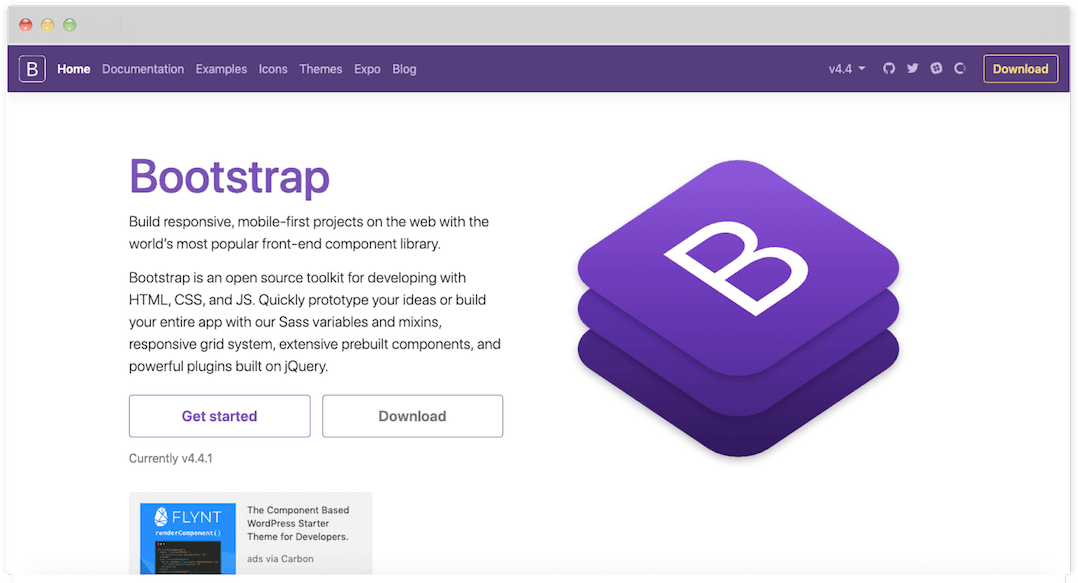Bragging Rights
Explore the latest trends, tips, and stories that make you stand out.
Framework Frenzy: Choosing Your CSS Sidekick
Discover the ultimate guide to selecting the perfect CSS framework for your next project—unleash your creativity and streamline your design!
5 Essential CSS Frameworks to Boost Your Web Development Skills
When it comes to web development, having a strong foundation in CSS frameworks can significantly enhance your productivity and the quality of your projects. Here are 5 essential CSS frameworks that every developer should consider:
- Bootstrap - One of the most popular frameworks, Bootstrap offers a responsive grid system and pre-designed components that make it easy to create professional-looking websites.
- Tailwind CSS - A utility-first CSS framework that provides low-level utility classes, allowing for rapid customization without the need for opinionated styles.
- Bulma - A modern CSS framework based on Flexbox that is simple to use and provides a clean, responsive design.
- Foundation - Known for its flexibility and responsiveness, Foundation is a robust framework suitable for all types of web applications.
- Materialize - A framework that follows Google's Material Design principles, offering a unique aesthetic that enhances user experience.
By incorporating these CSS frameworks into your web development projects, you can streamline your workflow and create attractive, responsive designs more efficiently. Each framework comes with its own set of features and benefits, so it's important to choose the one that best fits your project requirements and personal preferences. Experimenting with these tools will not only help you improve your skills but also keep you updated with the latest trends in web development.

How to Choose the Right CSS Framework for Your Project
Choosing the right CSS framework for your project is crucial for ensuring optimal performance and maintainability. Start by assessing the specific needs of your project. Consider factors like design requirements, the size of the team, and the project timeline. Popular frameworks such as Bootstrap, Tailwind CSS, and Foundation each come with their own set of advantages and use cases. For example, Bootstrap offers a component-rich experience, making it suitable for developers who want to rapidly prototype designs. On the other hand, Tailwind CSS provides a utility-first approach, allowing for more customization and flexibility.
Next, evaluate the documentation and community support for each framework you're considering. A well-documented framework with a responsive community can significantly reduce development time and complications. Look for resources like tutorials, forums, and GitHub repositories to gauge the support available. Additionally, consider the performance of the framework. Use tools like Google PageSpeed Insights to test how each framework impacts your site's load times. By thoroughly analyzing these factors, you can ensure you're choosing a CSS framework that aligns with your project goals and enhances your workflow.
CSS Framework Showdown: Bootstrap vs. Tailwind vs. Bulma
When it comes to CSS frameworks, Bootstrap, Tailwind, and Bulma are three of the most popular choices among developers. Each framework offers unique features and benefits that cater to different project needs. For instance, Bootstrap is known for its extensive components and grid system, which makes it easy to create responsive designs quickly. In contrast, Tailwind adopts a utility-first approach, giving developers more control and flexibility when styling components. Bulma, on the other hand, provides a clean and modern framework that is simple to use while also supporting responsive design principles.
Choosing the right framework depends on your project's requirements. If you prefer a predefined set of components and a structured grid system, Bootstrap might be the ideal choice. However, if you desire a more customizable solution that allows for precise styling, Tailwind probably suits your needs better. Finally, for those who want a lightweight framework with a modern aesthetic, Bulma is a fantastic option. In conclusion, each of these CSS frameworks has its strengths, making them suitable for different types of projects and developer preferences.